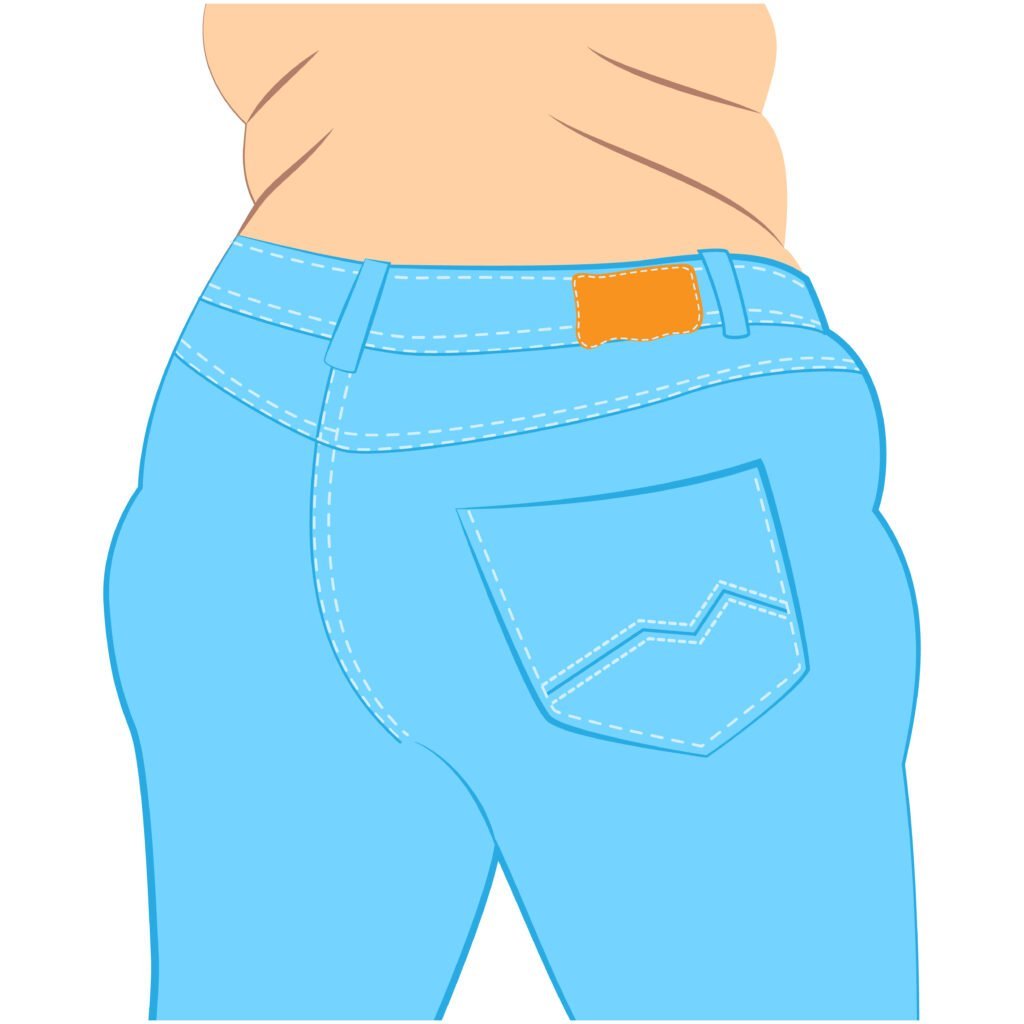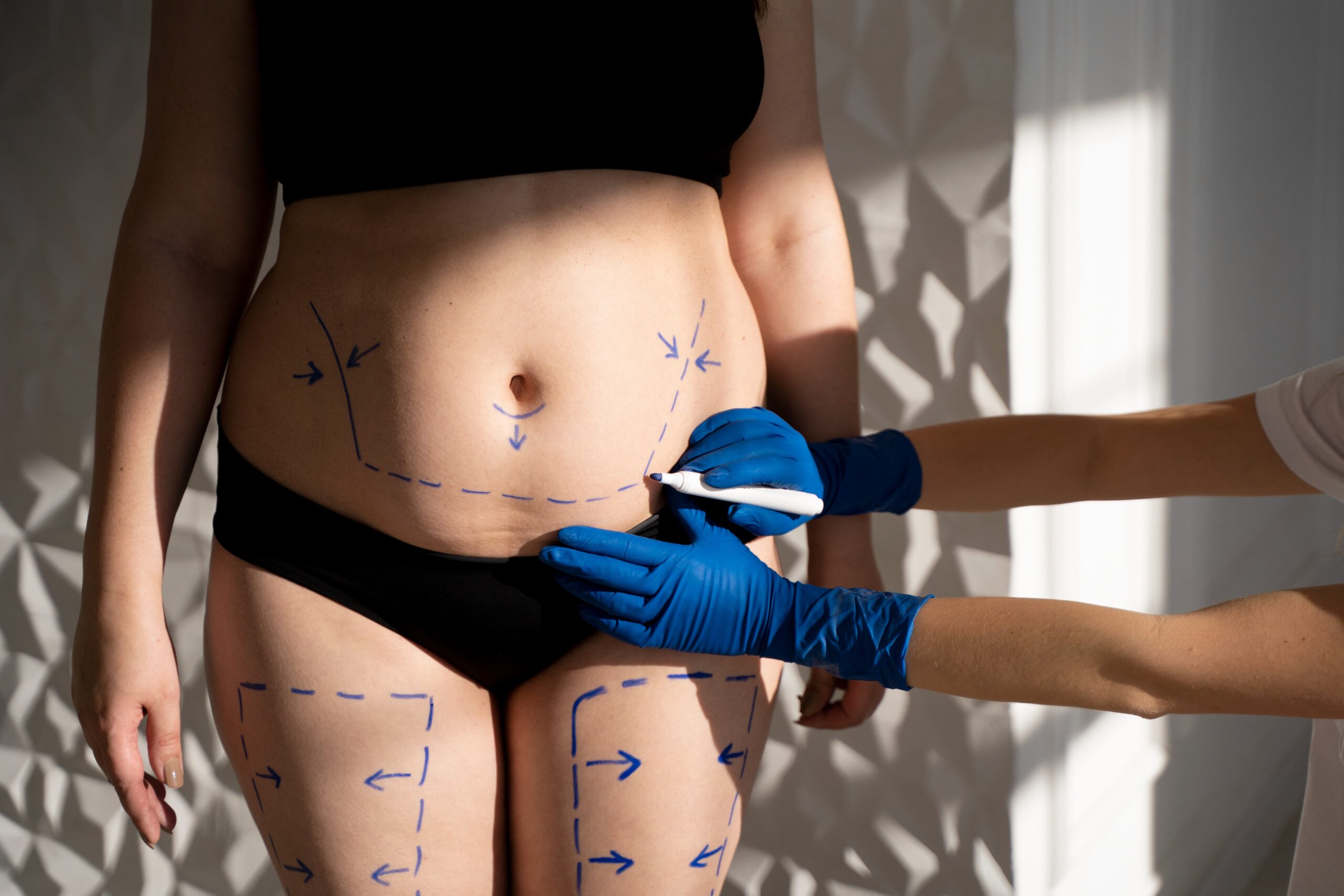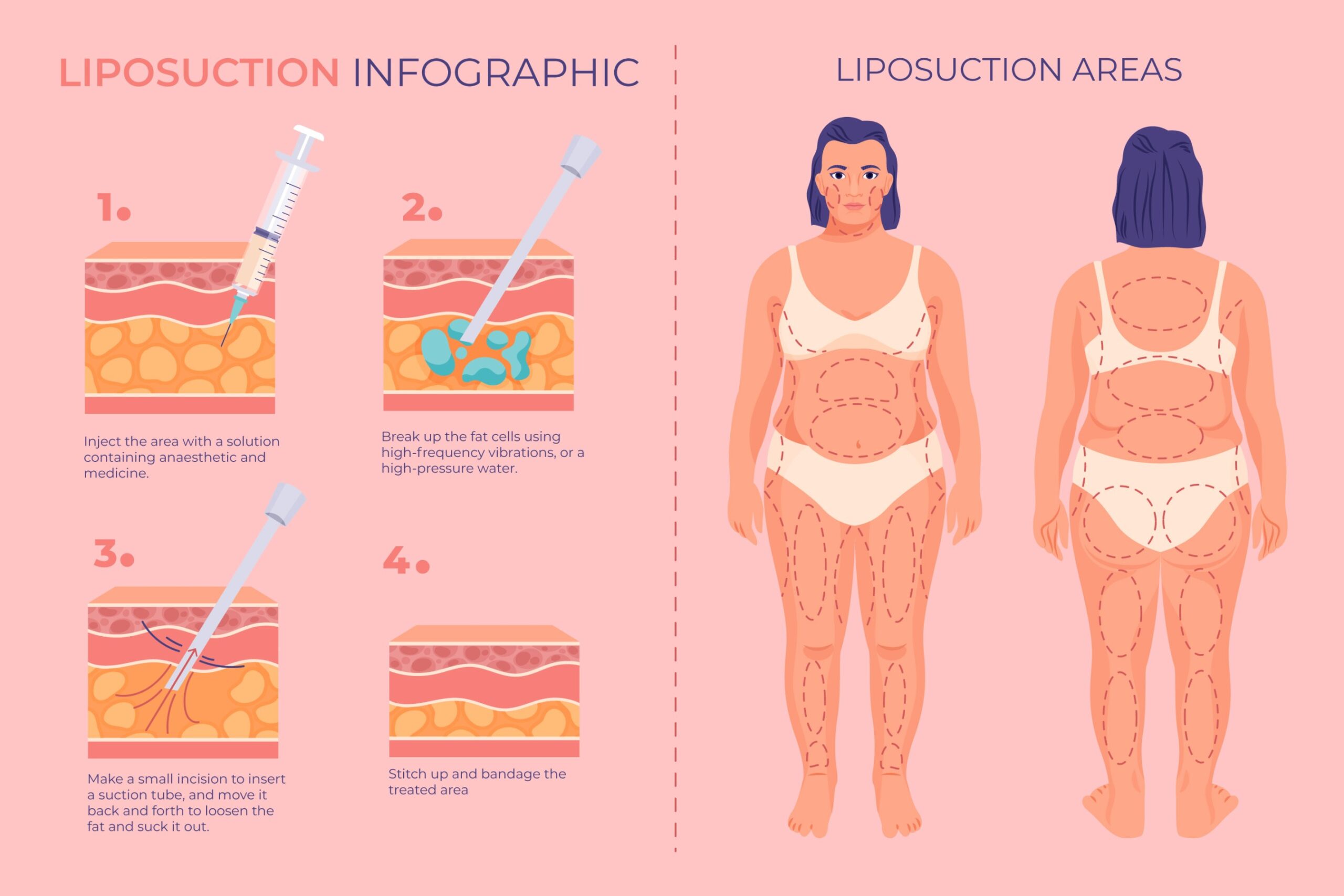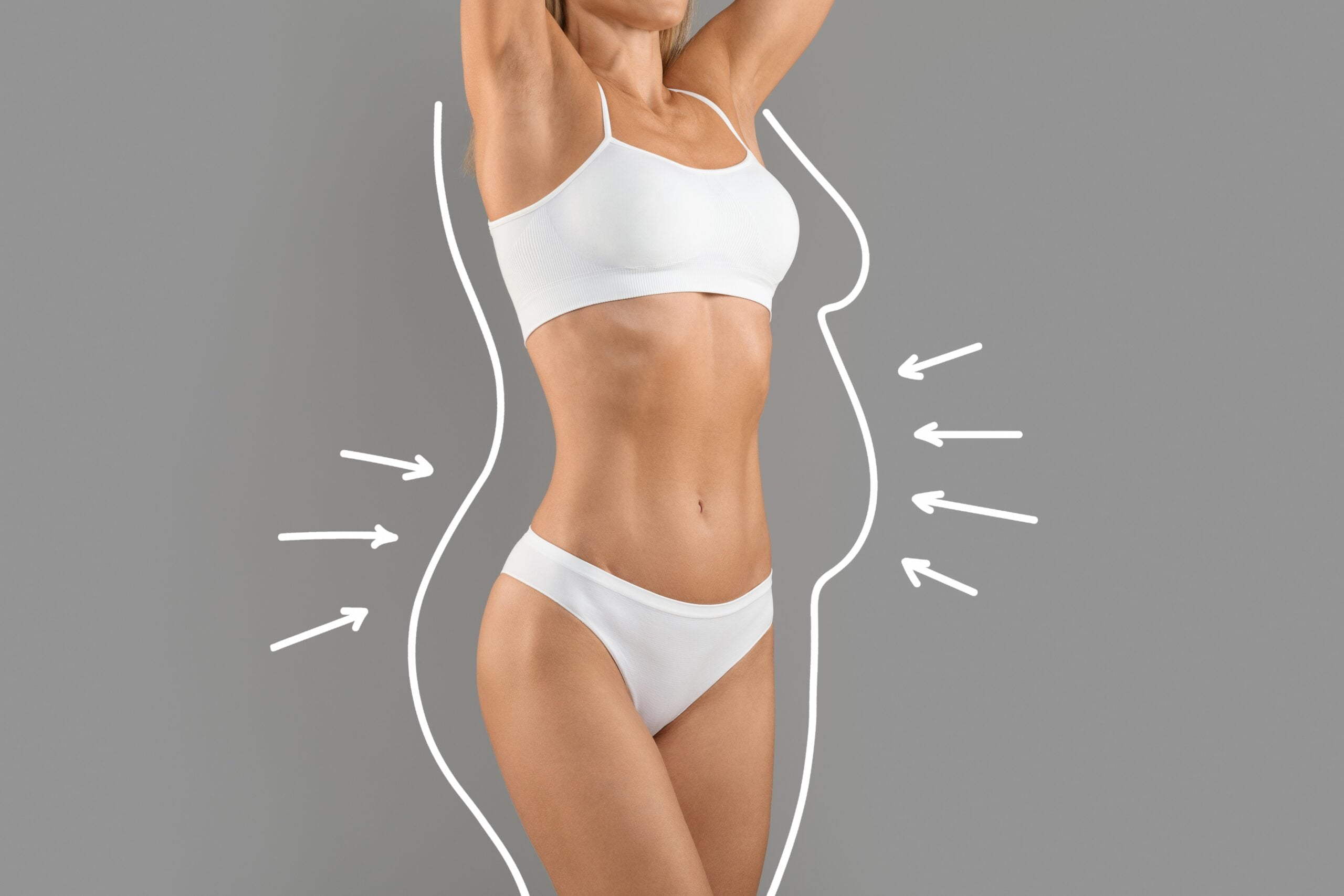
After how long does a lipedema patient have to undergo a second liposuction procedure in the same area?
Avinav
September 25, 2023

Lipedema is a chronic, progressive disease that causes swelling, pain, and a “pear-shaped” body due to abnormal fat accumulation in the lower limbs.
The timing for a second liposuction procedure in the same area for a lipedema patient can vary widely based on several factors, including the individual’s response to the initial surgery, the progression of the lipedema, and their overall health.
Here are some considerations:
- Healing and Recovery: After the initial liposuction procedure, it’s important to allow sufficient time for healing and recovery. The body needs time to adjust and for any swelling or bruising to subside. Generally, a few months (typically around 3 to 6 months) are needed before considering a secondary procedure for any minor corrections.
- Individual Progression: The rate at which lipedema progresses can vary. Some individuals might experience slower progression, while others might see more rapid changes. The decision to undergo a second procedure should be guided by the patient’s individual condition and how the lipedema has evolved. Normally a minimum of 10-15 years later one might require a second procedure. However, many patients may be able to manage and do not require a second procedure.
- Results Evaluation: It’s crucial to wait until the final results of the initial procedure are fully apparent before considering a second procedure. This allows for a more accurate assessment of the achieved outcomes and any remaining areas of concern.
- Health Status: The patient’s overall health, medical history, and any other underlying conditions must be taken into account. This will influence whether they are a suitable candidate for a second procedure.
- Surgeon’s Recommendation: The decision for a second liposuction procedure should be made in consultation with a qualified and experienced surgeon who specializes in treating lipedema. The surgeon will assess the patient’s condition, outcomes from the initial procedure, and overall health to determine the appropriate timing for any additional interventions.
- Conservative Measures: Between procedures, it’s important for patients to continue adhering to conservative measures, such as wearing compression garments, maintaining a healthy lifestyle, and managing any weight fluctuations. These measures can help optimize the outcomes of both the initial and subsequent procedures.
- Personal Goals: The patient’s individual goals and expectations play a role in the decision-making process. They should communicate their desired outcomes with their surgeon to ensure that the timing and approach align with their expectations.
- Recovery
- Evaluation Of Results
- Progression post 1st liposuction
- Preventive Measures
- Recommendations by your surgeon
- Personal Goals
Conclusion
It’s important to note that additional liposuction procedures are not always necessary for all lipedema patients. In some cases, the results of the initial surgery can be maintained through conservative measures and lifestyle adjustments. Ultimately, the decision for a second procedure should be a collaborative effort between the patient and their medical team, with a focus on achieving the best possible outcomes while considering the individual’s health and circumstances.
To connect with us click on the button below
To know more fill in the details below:
Recent Posts
Have Any Question?
Lipedema is a condition that causes excess fat to accumulate in the lower part of the body.
- +919515106591
- srinageshlipedema@gmail.com



